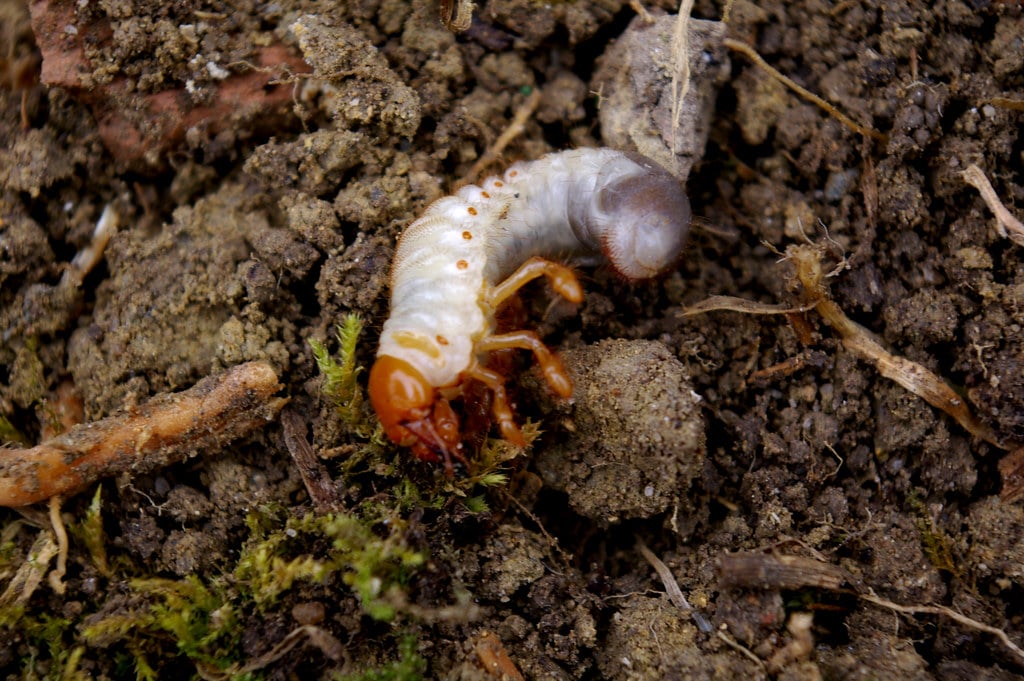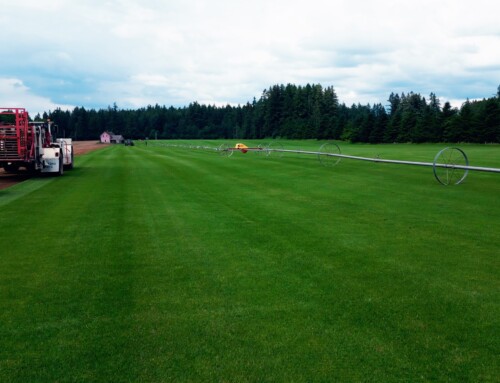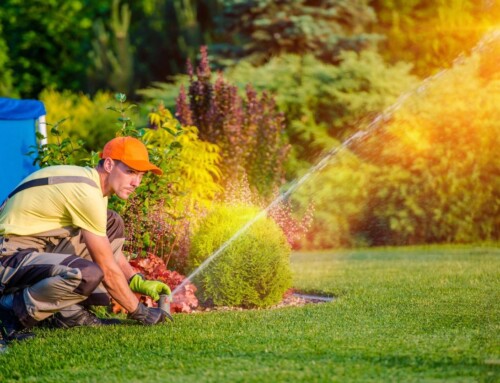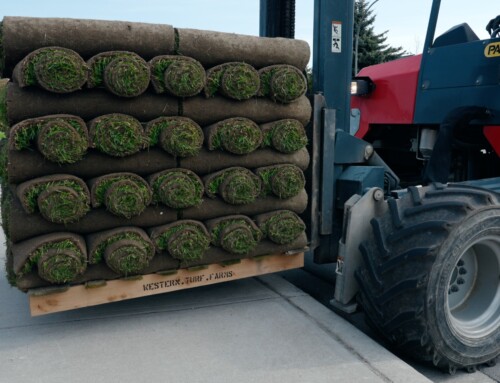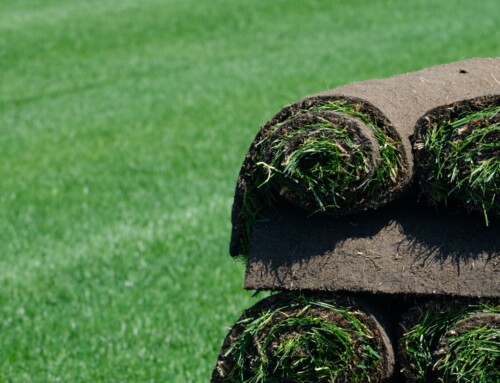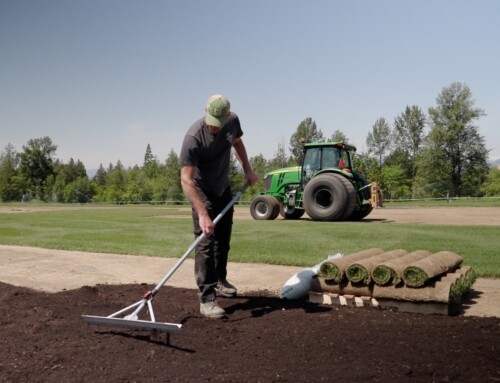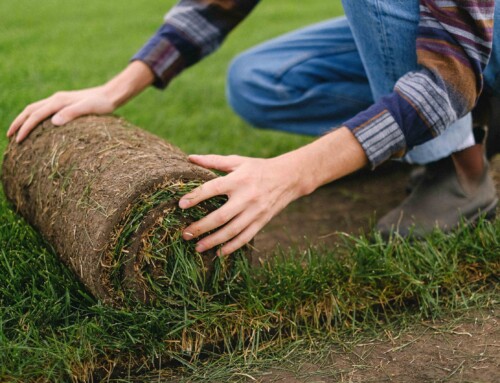The invasive European chafer beetle species has made BC’s lower mainland and other regions home. However, in Vancouver, the health bylaw prohibits the use of neonicotinoid pesticides. Vancouver residents, businesses, and organizations must find alternatives to treating these beetles naturally. We recommend using GrubGone, a natural solution to treating the European chafer beetle.
Here’s what you need to know about chafer beetles and how to treat them.
Why Chafer Beetles Can Be Pests
European chafer beetles can reproduce rapidly. They feed on roots of all kinds of plants including turf and plants. This destroys the roots and ultimately, the plants themselves.
When you have an infestation, the damage to your turf and grass can be seen in fall and early spring. Some signs of infestation include:
- Brown patches on your grass and turf
- Grass feeling “spongy” due to the grubs tunnelling and heavily infesting your lawn
- Your grass and turf will be wilted and dead
- You can easily pull back your grass and turf
- Birds, skunks, and other predators frequently dig up your lawn to search for the grubs
However, sometimes, it can be hard to tell since the damage can be masked by an abundance of moisture that occurs during the spring and fall months. In drier weather, you’ll be able to see brown patches on your grass.
The Chafer Beetle Lifecycle
With a lifecycle of one-year, their new eggs begin hatching in July. The new grubs begin to feed on grass and turf from August to September. From October to December, the grubs begin to grow as they continue feeding. From January to March, you’ll see the damage to your grass and turf continue as the grubs continue to feed and grow. From April to June, the grubs will grow into full-grown beetles.
In June, the female chafer beetles deposit up to 50 eggs back into the soil. This is the time when there will be the least amount of damage to your turf and grass.
The grubs measure about 2 to 2.5 cm. The grubs are soft, white, and C-shaped with tan-coloured heads and six prominent legs.
What is GrubGONE?
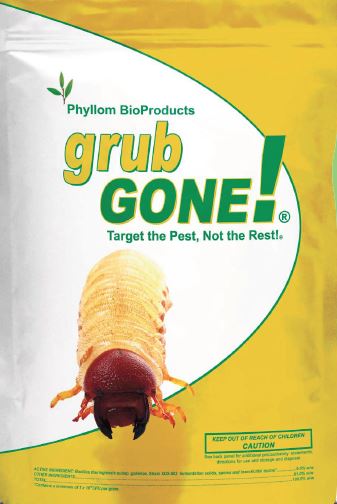
GrubGONE! is a natural and safe bio-insecticide. It is the first Bacillus thuringiensis galleriae (Btg) that helps to control turf grub. GrubGONE is equivalent to using chemicals to treat chafer beetles. Unlike using Nematodes, a popular way used to treat chafer beetles, the success rate is closer to 90% and can be applied more frequently. Namatodes have a 60% success rate. It can be applied throughout the summer in 3-week intervals.
GrubGONE Benefits
Some of the benefits of using GrubGONE include:
- Not harmful to beneficial insects and pollinators including parasitic wasps, beneficial nematodes, and bees
- Is effective for all stages of larval (grub) and adult beetles
- Has been proved to be a curative and preventative treatment
- Can be used in cooler temperatures
- A 3-year shelf life
Other Natural Ways To Prevent Chafer Beetles
There are other ways you can prevent chafer beetles including:
- Cutting your lawn to 2.5-3” weekly will promote deeper root growth. This will make it more resistant to grub feeding on your turf and grass.
- Fertilizing your lawn regularly will ensure it has the appropriate nutrients throughout the season.
- Regular lawn irrigation or deep watering twice a week will allow the roots to grow deeper. This will allow it to become more resistant to grub feeding.
Want to know if GrubGONE is right for you? Contact us today.

